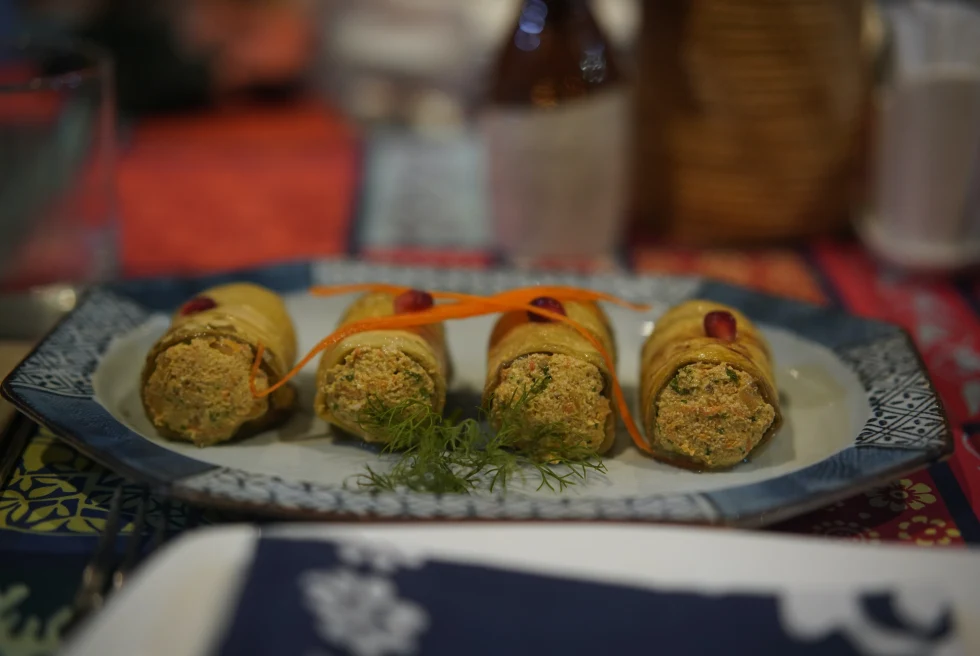
Curator’s statement
When you arrive, you will feel as though you took a journey to the 12th century. Ankor Wat is a wonderful opportunity to explore ancient temples and learn about ancient civilizations. Once you visit beautiful, unique, historical monuments, it will be a travel experience you’ll never forget.
The Fora Difference
Book with Natalie to access exclusive perks and experiences on your trip.
Killer perks
Free upgrades, spa credits and more—we got you
Personalized recs
Customized travel planning for your style
Insider knowledge
Expert advice from people who’ve actually been there
Where to stay in Siem Reap and Angkor Wat, Cambodia
Unlock perks by contacting Natalie to book your trip.
Things to do in Siem Reap and Angkor Wat, Cambodia

Angkor Wat, Angkor Tom and many other temples are located in Siem Reap, Cambodia. You want to stay in Siem Reap to enjoy the city and the monuments.
Visit Angkor Wat
Angkor Wat is a UNESCO World Heritage Site in Southeast Asia. It is a massive temple complex that was built in the 12th century. Explore the other temples in the Angkor.
Archaeological Park
There are over 100 temples in the Angkor Archaeological Park and each one is unique. Some of the other popular temples include Ta Prohm, Bayon and Banteay Srei.
Take a boat trip on Tonle Sap Lake
Tonle Sap Lake is the largest freshwater lake in Southeast Asia. Check out the wildlife, including fish, birds and crocodiles. Visit the floating village of Kampong Phluk: Kampong Phluk is a floating village on Tonle Sap Lake. The villagers live in houses that are built on stilts.
Terrace of Elephants
The Terrace of Elephants is a 350-meter-long sandstone terrace located in Angkor Thom, Cambodia. It was built in the 12th century by King Jayavarman VII. The terrace is named for the carved elephants that line its walls.
Climb Pre Rup
Pre Rup is a Hindu temple at Angkor, Cambodia, built as the state temple of Khmer king Rajendravarman and dedicated in 961 or early 962. Catch the sunrise at Srah Srang: Commonly known as “The Royal Baths,” it use to be a major bathing location. The reservoir was first created in the mid-10th century by a Buddhist minister of King Rajendravarman II. It was expanded in 1200 by Jayavarman VII.
Dress comfortably: Comfortable shoes, sunscreen and lots of water. Best time to visit is November to March during dry season.
Places to eat & drink in Siem Reap and Angkor Wat, Cambodia

I love supporting locals and local cuisines when traveling.
Breakfast
Footprint Cafe: Traditional Western breakfast and local Cambodian favorites.
Little Red Fox Espresso: Breakfast with locally sourced ingredients from local Cambodian grower.
Lunch
Sugar Plum: A revival Khmer cooking, fresh water fish and curries.
Khmer Kitchen: Two locations, both have a quaint look and cozy atmosphere with typical Khmer dishes.
Dinner
Haven Cambodia: Haven gives young adults from orphanages, shelters, and rural areas and opportunity to learn the restaurant business. Beautiful location and excellent cuisine.
Wild: Finger food where you can find spring rolls in 15 different ways.

Travel Advisor
Natalie Barnes

Get in touch with Natalie
Did you like this guide? Reach out to customize and book your own experience. Or, just to chat about travel in general.
You can expect a response from Natalie within 1–2 business days. You’ll also be subscribed to our traveler newsletter (you can unsubscribe at any time).
For more travel tips, check out Fora Advisor Tania DoCarmo’s guide, Luxe Adventures in Siem Reap, Cambodia.
This guide is part of our ongoing series on travel to Cambodia.